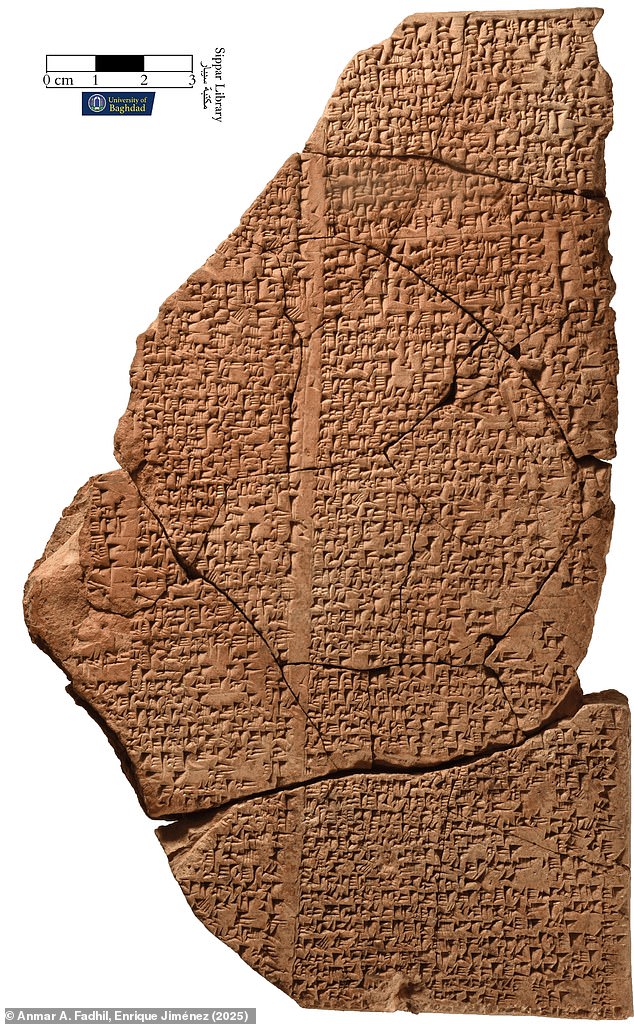
AI Revives 2,100-Year-Old Babylonian Hymn: Ancient Melody Reconstructed After Millennia
Rediscovered Babylonian Hymn Reveals Ancient City’s Splendor
[Image 1: Fragmented clay tablets with cuneiform script]
A 2,100-year-old hymn praising the ancient city of Babylon has been reconstructed using AI, shedding light on its cultural and spiritual legacy. Dedicated to Marduk, Babylon’s patron god, the poem vividly describes the city’s jewelled gates, fertile river plains, and rituals of its priests. Fragments of the hymn survived on clay tablets discovered in Sippar, 40 miles north of Babylon, and were painstakingly pieced together by researchers over decades.
AI Unlocks History
Led by Professor Enrique Jiménez of Ludwig Maximilian University, the team used artificial intelligence to merge 30 clay tablet fragments. The original 250-line hymn, now partially recovered, offers unprecedented insights into Babylonian life. “The literary quality is exceptional,” said Jiménez, noting its seamless structure. The text highlights Babylon’s prosperity: “Like the sea, she proffers her yield… her swell brings bounties rolling in.”
[Image 2: Artist’s impression of ancient Babylon with the Euphrates River]
A Vision of Babylonian Life
The hymn paints Babylon as a paradise, celebrating the Euphrates River’s life-giving floods and lush pastures where “herds and flocks lie.” It also reveals societal values, praising priests who protect orphans, free prisoners, and welcome foreigners. Notably, it describes priestesses acting as midwives—a role previously undocumented. These “cloistered women… nourish the womb with life,” offering rare glimpses into women’s contributions.
A Thousand-Year Legacy
Written between 1500-1300 BC, the hymn endured for over a millennium. Schoolchildren copied it onto clay tablets in cuneiform script until Babylon’s decline in 100 BC—akin to modern students reciting medieval poetry. Its longevity rivaled the Epic of Gilgamesh, the oldest known epic. Though both texts coexisted, researchers believe this hymn was penned by a single, still-unknown author.
[Image 3: Replica of Babylon’s Ishtar Gate in Berlin]
Rediscovery and Significance
The tablets survived in Sippar, purportedly hidden by Noah from floods. Their rediscovery reshapes understanding of Babylonian culture. Jiménez notes the hymn’s moral emphasis: kindness to the vulnerable and reverence for nature. AI continues to decode the British Museum’s cuneiform archive, potentially revealing more lost works—and perhaps the hymn’s creator.
Excerpts from the Hymn
“Bathed priests… do not humiliate foreigners.
The orphan they offer succor…
The prisoner they set free…
Their women, masters in their duties:
High priestesses who keep vows,
Nourishing life with skill.”
[Image 4: Ancient Babylonian temple ruins]
This 2,100-year-old ode not only resurrects Babylon’s grandeur but also underscores timeless themes of justice and humanity, bridging the gap between antiquity and modern technology’s power to uncover the past.
Word count: 598


